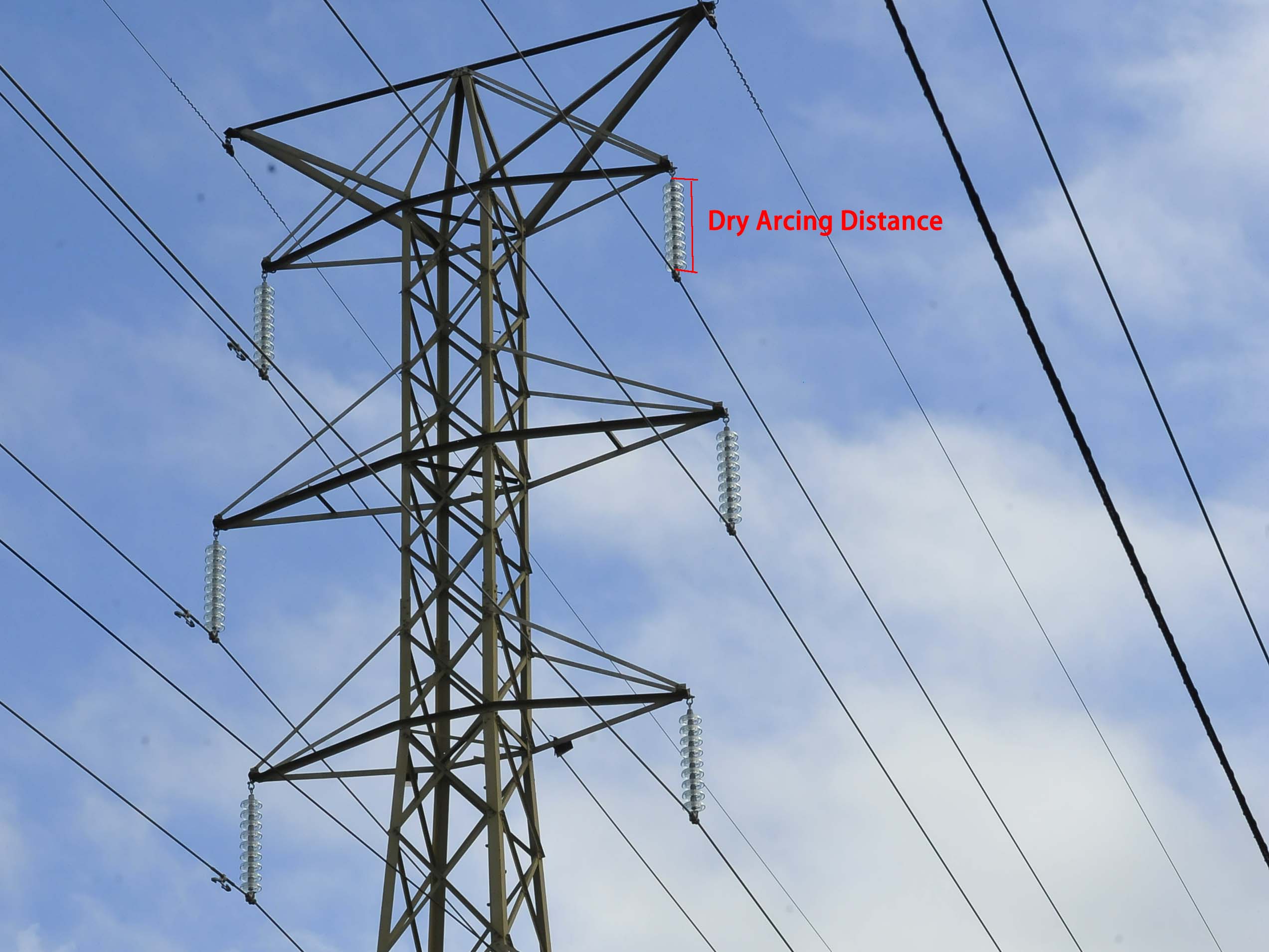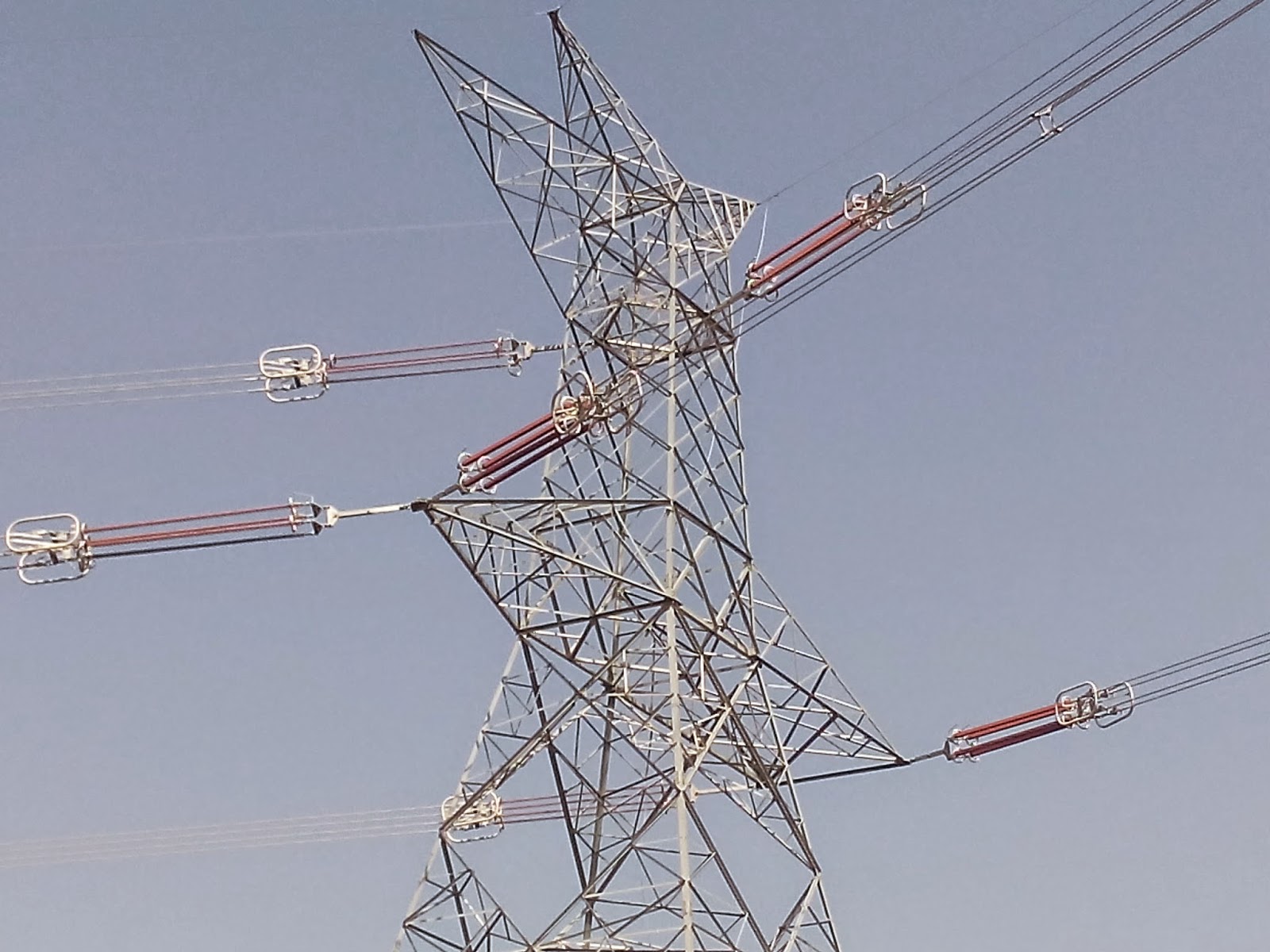What is Basic Insulation Level (B.I.L.)
10-12-2022
B.I.L means Basic Insulation Level Definition.
When the power system is be struck by lightning, the power voltage of lightning impulse appears in the system, at first it is discharged through surge protecting devices (surge arrestor or others). if the struck is not strong enough, the equipments of the system will be protected by these surge protection devices, else the equipments of the system may get damaged.
So, insulators and other insulation equipment in the power system must be designed to withstand a certain minimum voltage, which are usually higher than the lightning impulse over voltage gets discharged through surge protecting devices. That is also to say, operating voltage level of surge protecting devices must be lower than the said minimum voltage withstanding level of the equipment. This minimum voltage rating is defined as BIL or basic insulation level of electrical equipment.
For insulators the B.I.L. usually means dry lightning impulse voltage, and that value of dry lightning impulse voltage are different at positive end (line end), and negative end (grounding end). Usually dry lightning impulse voltage at positive end is lower than the negative end.

What will mostly impact the value of dry lightning impulse voltage? It is the dry arc distance of the insulators. The longer the insulation part of insulator, the higher the dry lightning impulse voltage. We will find that the insulators are longer and longer as the power system voltages are getting higher.

The highest power transmission system applied is 1100 kV, which is developed in China, in order to delivery electrical power from west to east of China, and cover a distance of thousands of km. The insulation length of these insulators can be 13 meters or even longer.